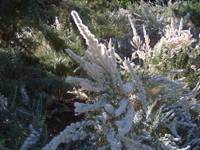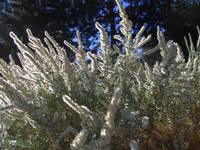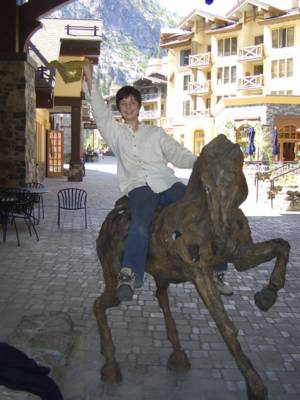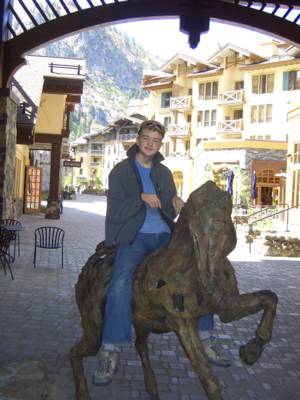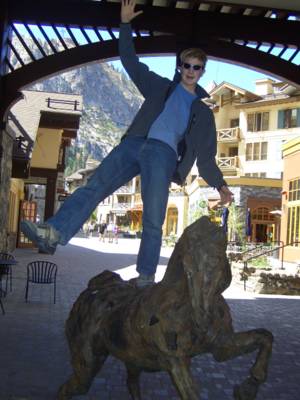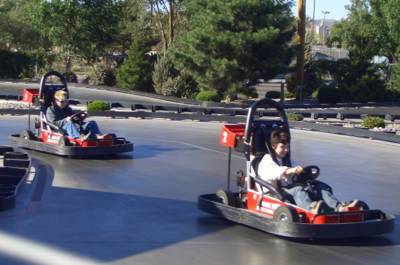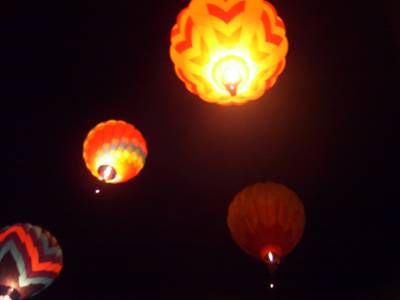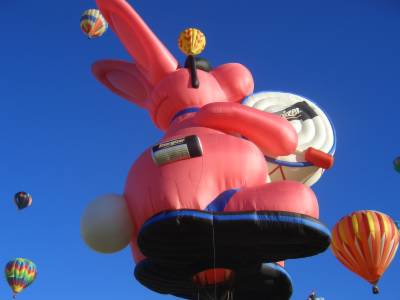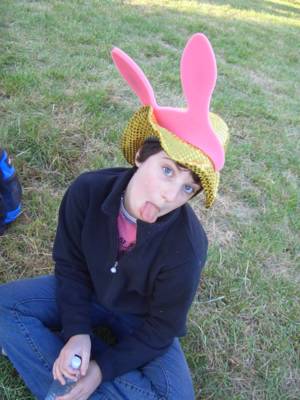skip to main |
skip to sidebar
Diane: We have all been studying Spanish for over a week now. It is a mind-bending and mind-fuzzing process that leaves me mentally floppy. Every word of every sentence needs careful thought, correction, and proofing before being said aloud. By the end of the day, I have trouble holding a coherent conversation in English. Tom and I are taking a class together. Our teacher, Raúl, is a gem. Some days I don’t have the patience to wait while my brain scans all the prepositions I know looking for the proper one in a given context. Or to find the verb I want, pick the proper tense, figure out the irregular root, and then to conjugate. But, Raúl has patience for all this and more.
Today, Raúl took us up to Turi for a fabulous view of Cuenca. The Spanish word, cuenco, means bowl. From Turi, it is apparent that Cuenca is surrounded by mountain peaks, creating something of a bowl. I didn’t read this in a tourist pamphlet or hear it from any of the locals; I just made it up, so take it with a grain of salt.
I also make up a lot of Spanish words. About half the time, I come close to a real Spanish word, so it’s well worth it. Take it from me – taking an English word and changing the ending to sound sort of Spanish is a great approach for learning the language. Looking words up in the dictionary and studying vocabulary when you’re over 25 years old just takes way too long. And that’s if you’re using an outstanding dictionary. For example, my pocket dictionary, which is definitely not outstanding, doesn’t provide any translations for food items. Ordering from a Spanish-language menu with my dictionary is a great exercise in enhancing my creativity skills, but an exercise in futility when it comes to enhancing my language skills.
Besides a great view, the town of Turi also sported a church, a common occurrence in many small South American towns. One side of the church had a colorful set of murals.




After taking advantage of the various photo-ops, I headed down the long sets of stairs back into town. Just after starting down, I fell into step with a friendly local woman, Carlota. By the time we made it back to Cuenca’s historic center, we were new friends. We came upon a friend of hers, who is here as a missionary from the U.S., and a friend of this friend from the coast. We spent the next 3 hours in Carlota’s living room engaging in a lively discussion entirely in Spanish. They were all very interested in several topics that I brought up and very patient as I haltingly explained all the details in Spanish. I even understood most everything that everybody else said.
I walked home exhilarated. Emotionally, I felt as though I were walking on clouds, but physically I was most certainly walking underneath them. When I arrived home, my clothes were soaking wet and my brain had boiled down to so much language-mush.
Diane: In the Andean towns of Ecuador’s mountains, the weather is rumored to be that of eternal springtime. To be blunt, I have found it to be exceedingly cold. It’s not that the temps drop very low. I doubt it has fallen below 50°F in Cuenca. It’s the cold of interior spaces that creeps into my bones. My daydreams now focus on a big bathtub of warming 100°F water to replace the living room furniture in our cozy apartment.
When I sit still for any length of time, I need my jacket to stay warm. Eventually, if I’m at school, I have to go for a nice long walk to push my nice warm blood out to my extremities. If I’m in the apartment, I make my way into bed to be warmed by its many layers of blankets. This makes for early bedtimes.
Yesterday, I came up with a new technique. I use the laptop as a heater. I sit in a comfy spot with a sleeping bag wrapped around me, the ends resting on my lap. With the laptop on top of the sleeping bag, eventually the heat transfers to the sleeping bag, which then envelopes me in its soft warmth. This morning as I sat inside, wrapped in the cocoon of sleeping bag and laptop, Calliope checked her thermometer; it was 59°F. Needless to say, the fights over who gets to use the laptop and for how long have now intensified.
Speaking of the climate here, we have come to Cuenca during their “dry” season. It could more accurately be labeled the “not-so-wet” season, because it does rain most every day. When it rains, the unpaved streets turn muddy, the beautiful tile sidewalks from Colonial times get a bit slippery, and everybody looks for cover under the eaves and doorways of buildings. Luckily, it is a gentle rain that knows when to stop. And, I am thankful that we are not here in the wet season.
I should note that when the sun comes out there are nice breaks from the rain and cold. I can even take off my jacket. Also of interest is that Tom finds the weather quite pleasant. He lounges around the apartment in a short sleeved shirt most of the time. How do we manage to live in the same house?
Diane: I chose our first accommodations in Cuenca from the guidebook, “the spacious rooms have colonial-style furniture, and there are many flowers.” Indeed, the hotel was full of plants. The greenhouse style roof over what must have been a courtyard provided all the light, the plants needed.

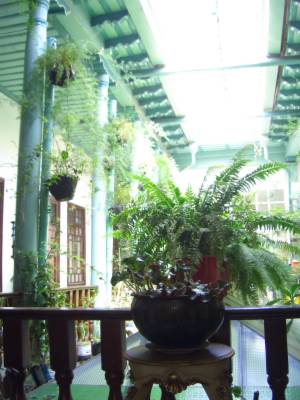
The rooms are huge with raised ceilings of pressed metal, all painted in gold, silver, red, and blue. They are also in need of repair, with some holes and cracks. The huge glass windows and doors face the noisy street.
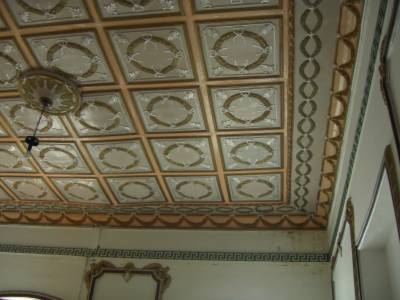
Cuenca is quite a walkable town. Depending on who you believe, there are anywhere from 300,000 to 500,000 people living here. For the most part, houses are built right next to each other, and the first mall just opened here a few months ago. Consequently, the city is fairly compact and does not sprawl much. Although no longer constructed of small tiles, most roofs sport the look of a Mediterranean red tile roof. You can walk up above the city and get a great view.

Diane: We reduced the stress of traveling from Reno, Nevada to Cuenca, Ecuador by taking our time. We stopped for a couple of days in Sarasota and a couple of days in Quito. En route to Cuenca, we had wonderful views as our bus wound its way through the mountainside. Many hillsides looked as if they were primarily dried mud with embedded river rocks.

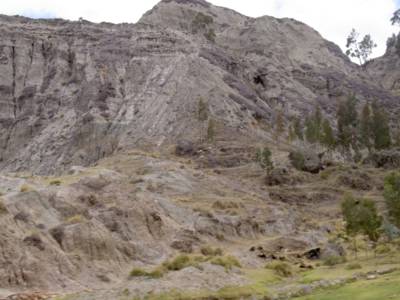
Desert plants looked very happy. But then the next hillside would be covered with grass, cows grazing idyllicly. When there was obvious irrigation, the land supported orchards of fruit trees.


It turns out, they get a fair amount of rain here. Perhaps there were some big mudslides or El Niño floods in past years.
In any event, some of the views were spectacular.
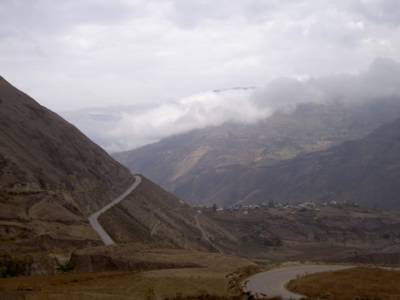
We passed murals painted on walls that lined the street. Many voiced opposition to oppression. Additionally, since there is an election in a month, political posters, murals, and flags were everywhere.

Diane: We are in Reno for five days, primarily to see the Great Balloon Race. The first morning, I walked down onto the field to get up close and personal with the balloons and their owners.
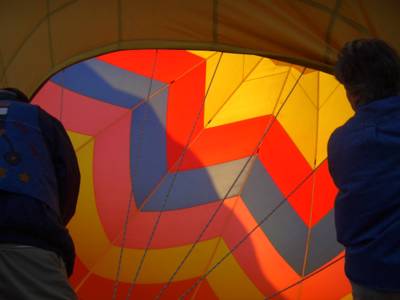
The balloon material billowed in the brisk morning air. The bright colors were not yet apparent due to the darkness.

First the eagle went up. This was closely followed by the two little bees, which are actually enormous.

Wells Fargo Bank is sponsoring these two lead balloons. Although they came with a cadre of bank employees, they didn’t seem to have enough people to untwist each wing, leg, arm, and antenna as hot air filled the unfolding sacs. Calliope and I jumped in to help. We held the openings to each appendage and then untwisted the fabric as it filled with air. At one point, I was totally covered by the fabric, attempting to open one of the wing openings that was especially recalcitrant. It felt like a gentle, non-threatening, wrapping sensation that would give way as I moved through the material. As I was more successful, the expansion around me felt like a giant hug. As I made my way back to fresh air, one of the other helpers asked which branch I worked at. Oops.
Here are some more shots as the balloons enlarge, fly, and return to land –


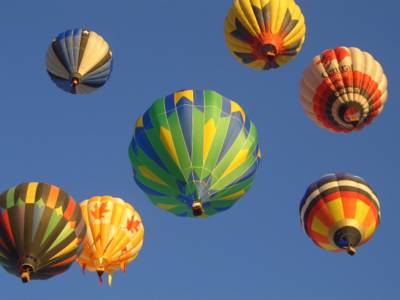

At one corner of the park, they were holding a tethered balloon rides for some of the children. Calliope was fortunate enough to go up about 30 feet in the air.



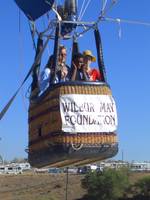
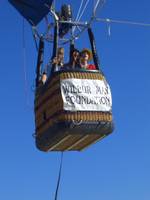
After the balloon race, Calliope, Tom, and I headed out to the Camel and Ostrich races, held annually in Virginia City, Nevada. None of the animals had much interest in racing, which I found disheartening. I optimistically assumed that camels and ostriches must love to get out there and run as fast as they could; otherwise, why would there be races? A bit naïve.
I met one young woman, who had a thing about camels. She came out all the way from New Jersey last year just to be a camel jockey. She liked it enough to return for another go at it. This afternoon various journalists (most of whom had no prior experience with racing camels) raced the camels (several of whom had no prior track experience). Some of them also raced ostriches. Although I might describe the camels as irritated with everything around them, I would describe the ostriches as totally pissed off that something was sitting on their back. All of the ostrich jockeys were dumped, before the end of one lap.
I also spoke with one of the folks that helped put on the races. She has been attending for years. I asked her which was more comfortable – riding a camel or riding an ostrich. When the camels actually put on some speed, the riders bumped up and down in the air. This looked excruciatingly painful. But the veteran assured me that it was MUCH more uncomfortable on an ostrich; it was like trying to balance on a large egg. Hmmm.
Calliope took the first audience-participation opportunity to race an emu. Believe it or not, the participants were given a broom to use to push the emus into a pen. It turned out that the hard part was keeping up with the emus, who could move very fast when motivated. I can only assume that no self-respecting emu has any intention of being whacked from behind with a broom.



Diane: Although there was a lovely guest ranch that prepares 3 meals each day, I opted to camp directly adjacent to one of the larger hot springs. Some folks who pulled up beside us, when we arrived let us know about a cabin a couple of miles away that was available for free, first-come/first-serve all year. We investigated, but camping under the stars was just too beautiful to pass up for a cramped and very basic cabin. The surroundings by the hot spring are magnificent. The water is a perfect temperature. The view of the Milky Way last night was as full of stars as I've ever seen. And best of all, we've had the place to ourselves since we arrived.
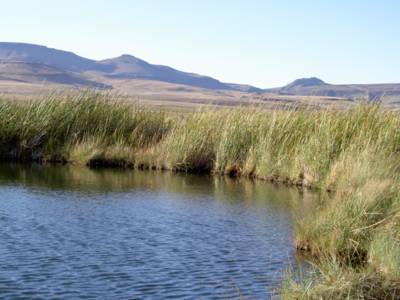
Although we found cleansing waters, the water here is alkaline, just like the playa dust. Instead of finding our skin rehydrated after hopping into a pool, our skin would be even drier than before jumping in. When I stepped onto the bottom, I felt mud bubbling at each step. My first gut reaction was fear, because it felt like a giant monster coming to life. But as I relaxed, I noticed that the trapped heat/water/gas that was released resulted in small bubbles climbing up my skin, until they reached the surface. Quite the sensual experience - very gentle.
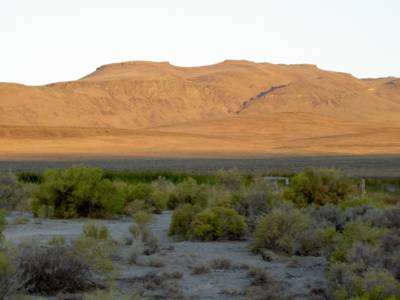
I could not get anyone to join me for a nature walk through the surrounding sagebrush environment. It was bleak, but interesting, once I looked up close. A dried-up river channel could provide shade for a good portion of the day. As could a large sage. By looking for deep green patches, I could spot potential hot spring sites. Even without a field guide, using simple powers of observation, I learned more about this land.
For instance, there are many ways to go “dry” as well as many stages of dryness in the desert –
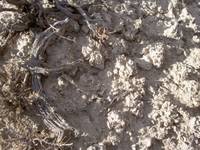
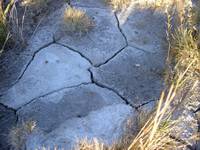

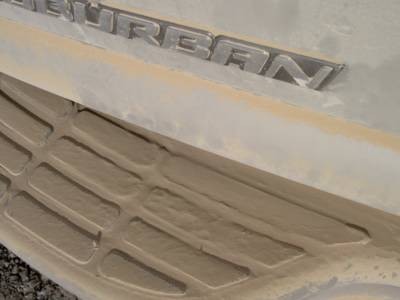

The dry environment is harsh. Every ten miles or so, historical markers indicate one of the old pioneer routes. We drove along one of these routes for several hours. I didn’t really want to get out of the car, because the sun was blazing. The sand road was curvy with ruts and rocks. In a tough and comfy Suburban, it was rough riding. With a horse and wagon breaking down frequently and nothing for the horses to eat for miles around, it must have been hellish for the pioneers. Tom said that in this area, they only covered about 2 miles a day. How easy to despair, when all you could see in all directions was more desert. Even if they came across a hot spring, a potential oasis, there was no knowing whether the chemical mixture was appropriate or if it was cool enough for human uses.
I do like the plants of the desert. I loved this soft and fuzzy one. I photographed it in a park inside the city of Reno, but I think it has desert written all over it –


